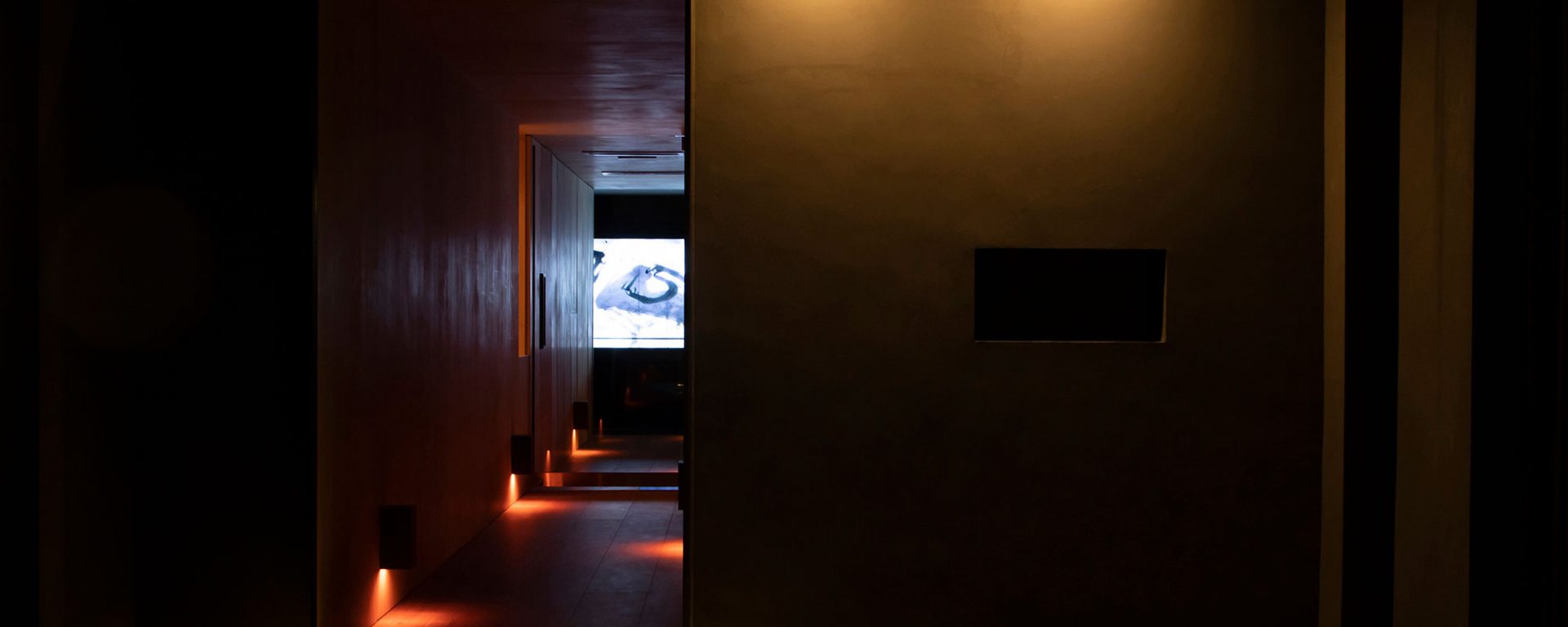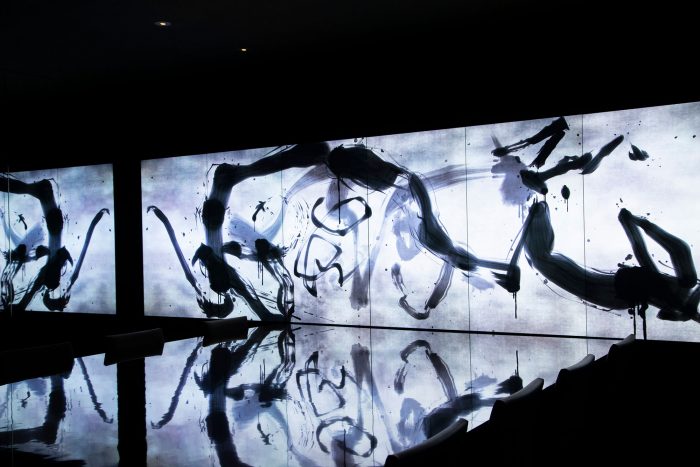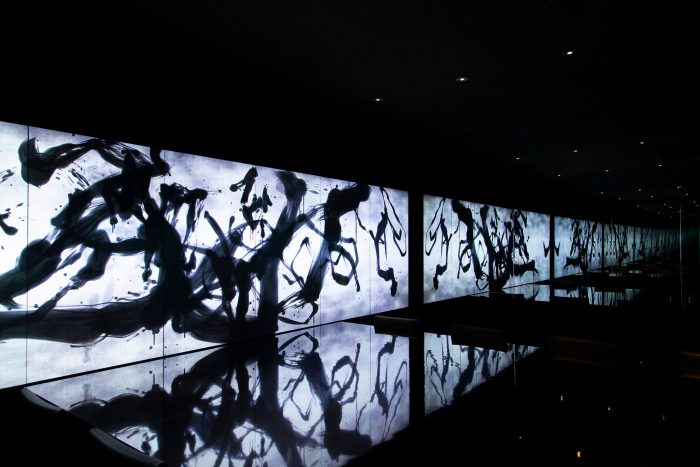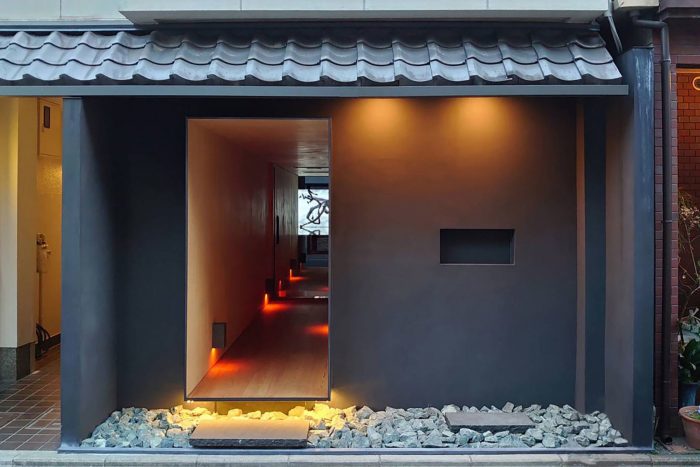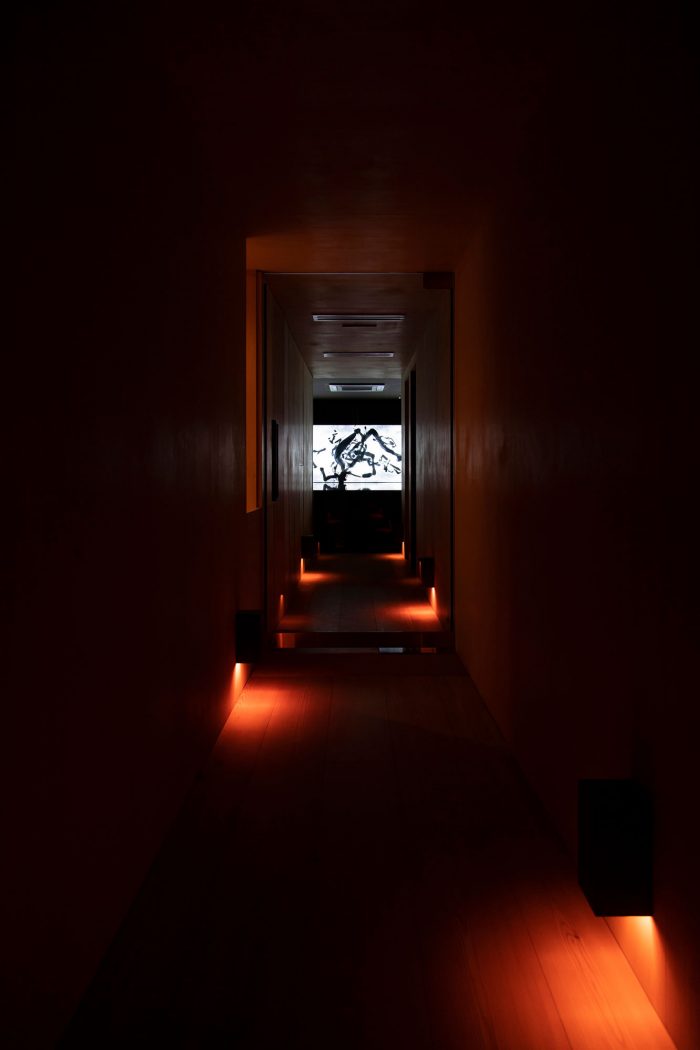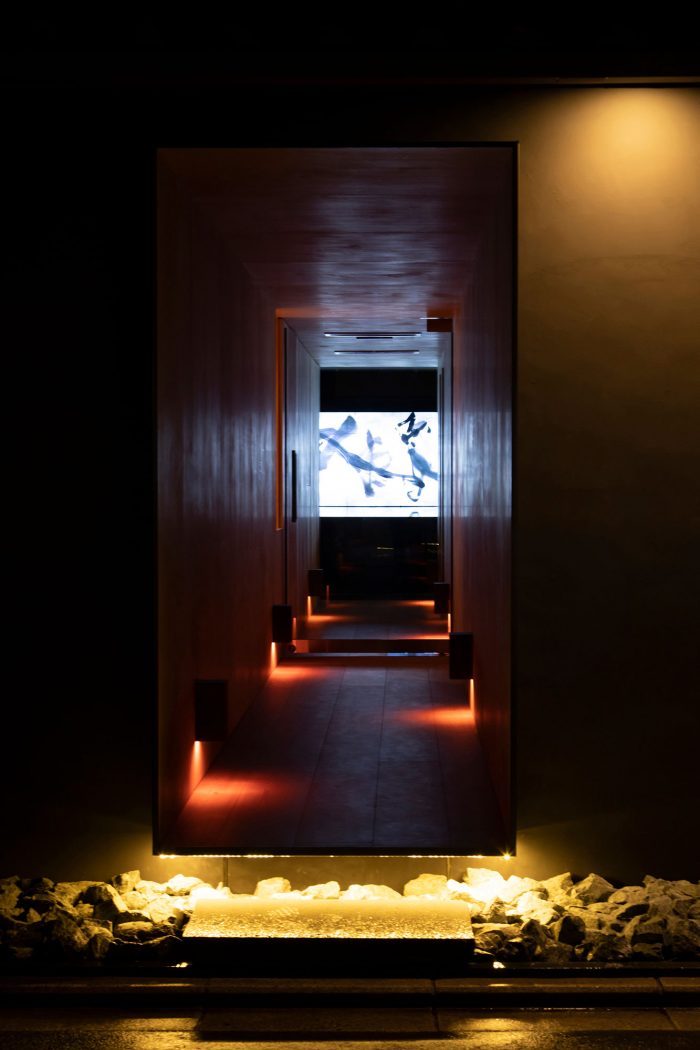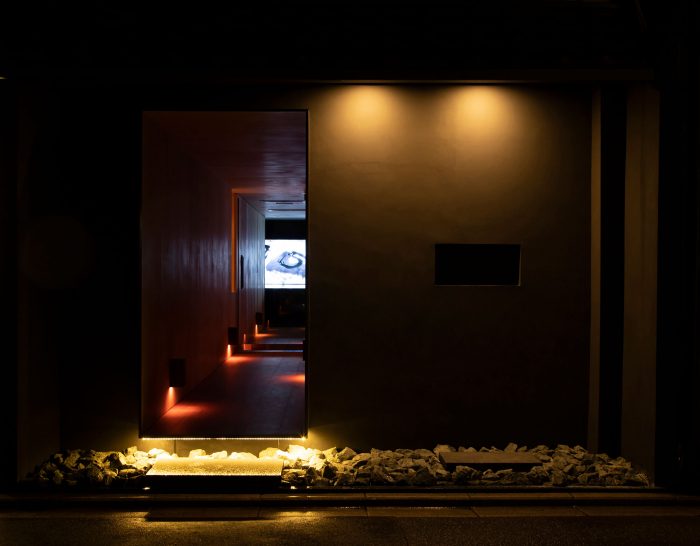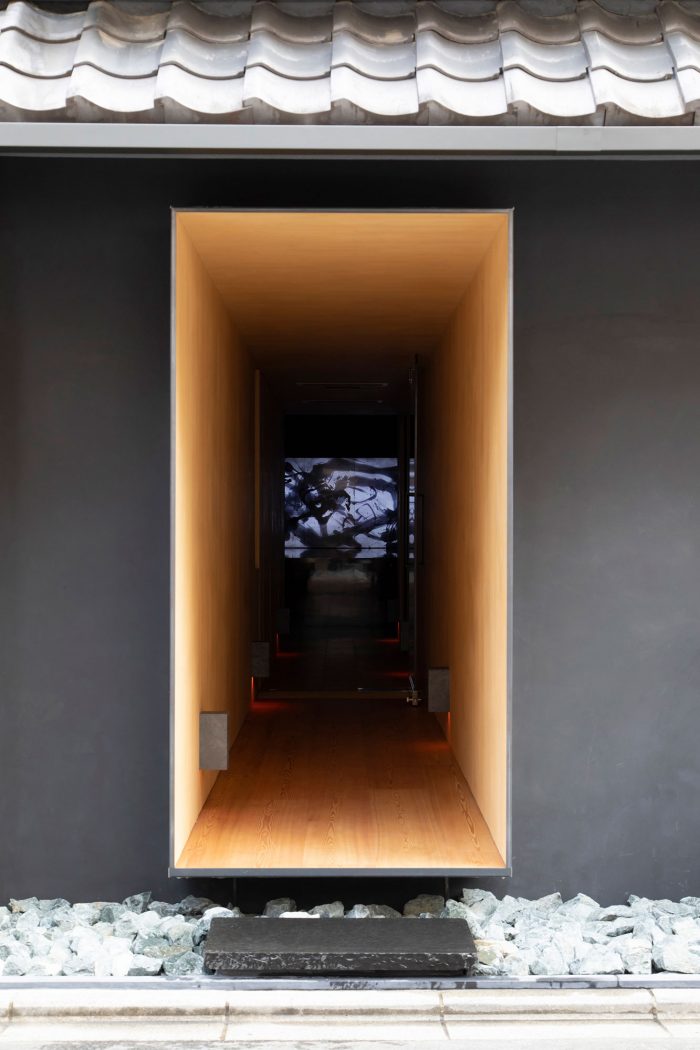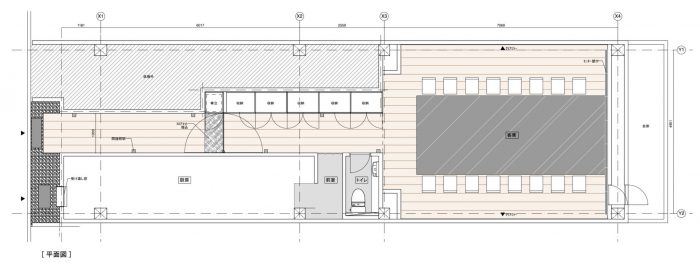京都有个传统的活动叫做折屏节(G园祭)。在节日的时候,一些老房子和商店习惯于展示诸如折叠屏风之类的传统宝藏,以便可以在街上看到它们,并且您可以欣赏通常在街上看不到的宝藏。 因此,当您参观屏风节(G园节)时,您可以体验街道成为美术馆的时间。使所有人都能使用私人艺术品的习俗意味着它是个人拥有,但同时又是整个城市所有。当我参观音乐节时,我觉得我可以想到京都的艺术与人之间的关系,以及这座城市应该有什么样的人。
Kyoto has a traditional event called the folding screen festival (Gion Matsuri).At the time of the festival, some old houses and shops have a custom of exhibiting traditional treasures such as folding screens so that they can be seen from the street. .Therefore, when you visit the folding screen festival (Gion Festival), you can experience the time when the street becomes an art museum.The custom of making a privately owned art work accessible to everyone means that it is owned individually, but at the same time, is owned by the entire city. When I visit the festival, I feel that I can think about the relationship between art and people in Kyoto, and what people should be in the city.
这家纯素食拉面UZU KYOTO商店是根据使用Uber美食等外卖店而设的。通过从这个地方运送到整个京都市,整个城市都可以用作用餐空间。考虑到信息社会之后的餐饮业务格式,我们设计了一个可交付使用的厨房,并在与厨房相连的商店中设计了一个餐饮空间。立面只有Uber吃的窗户和长长的雪松小巷,通往商店的饮食空间。在小巷的尽头,展示了“白色可逆旋转/白色可逆旋转”,并且可以从城市的街道上看到作品。商店的饮食空间有黑色抛光的桌子,桌子上有16个座位,两端各有8个座位,围绕着胡同尽头的墙上陈列的作品。因此,客人不仅可以吃纯素食品,还可以将其包裹在墙上和桌子上反映出来的作品中。照明计划是要消除没有人坐的座位上的光线,只在黑暗中摆放作品。通过在坐下的同时仅打开就座者的灯光,工作空间变成了餐桌。商店里什么都没有。但是,只有一项工作。一个人不能孤立生活。通过与城市的联系,我创造了它,希望它成为一个可以面对饮食甚至生活(生活)的空间。
This store, Vegan Ramen UZU KYOTO, is a store based on the use of delivery such as Uber eats.
By delivering from this place to the whole city of Kyoto, the whole city can be used as a dining space.In consideration of the food and beverage business format after the information society, we designed a kitchen for delivery and a food and drink space in the store attached to the kitchen. The facade has only windows for Uber eats and long cedar alleys leading to the eating and drinking space in the store.At the end of the alley, “Reversible Rotation-Black in White / Reversible Rotation-Black in White” is exhibited, and you can see the works from the streets of the city.The eating and drinking space inside the store has black-polished tables with a total of 16 seats, 8 seats at each end, surrounding the works exhibited on the wall at the end of the alley. Therefore, the guest can eat vegan food while being wrapped in the work reflected not only on the wall but also on the table. The lighting plan was to eliminate the light from the seats where there were no people and to have only the works in the darkness.By turning on the light of only the seated person at the same time as sitting down, the work space changes to a dining table.There is nothing in the store. However, there is only one work.One cannot live in isolation. By connecting with the city, I created it with the hope that it will become a space where you can face eating and even living (life).
Name: Vegan Ramen UZU KYOTO
Use: Restaurant
Scale: 74.29㎡
Design: TeamLab Architects
ART: Team Lab
Construction company: 51Action / KOUEI Co., Ltd.
Address: 146 Umenogicho, Nakagyo-ku, Kyoto
Completion: February 2020
Open: March 16, 2020

